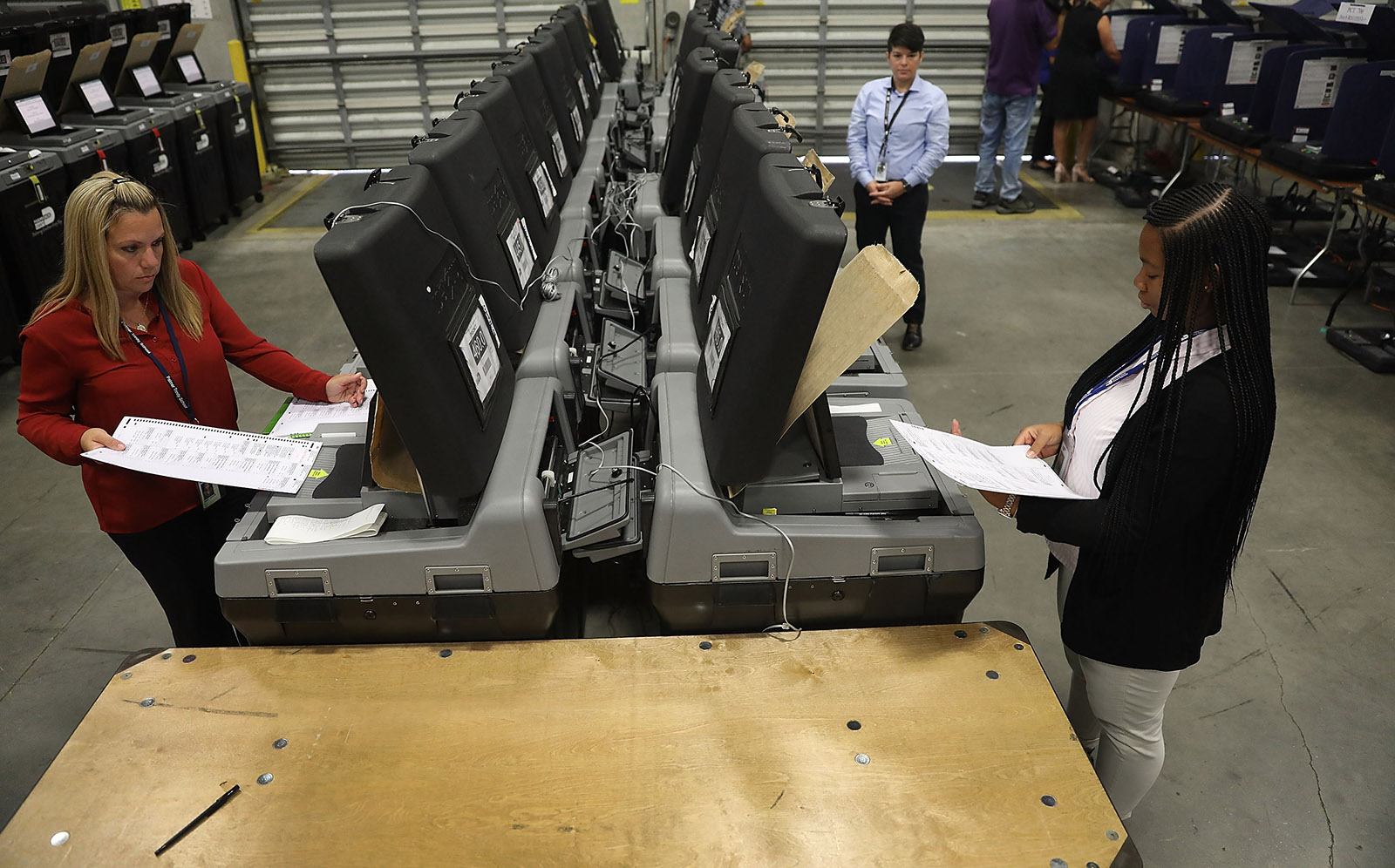Americans who voted in Tuesday’s midterm elections had to contend with various factors like voter suppression, long queues at polling booths and, shockingly, the weather.
In Georgia, many voters reported being unable to feed their ballots into the voting machines and machine experts have diagnosed the problem, humidity.
“Across Georgia, heavy rain is an added hurdle for voters, though it’s not altogether deterring them. And humidity—a far less visible weather issue—is having an even larger impact. North Carolina’s State Board of Election (SBOE) reports that some precincts in Wake County are having trouble feeding ballots through the voting machines. “Initial reports from county elections offices indicate this issue is caused by high humidity levels,” North Carolina’s SBOE said in a release.”
According to this Quartz article, a little extra water vapour in the air is causing all sorts of problems for voting machines in North Carolina. An expert explains that the water vapour makes the ballot paper thicker and this is bad for the machine as it is configured to very specific paper measurements. When the paper is thicker than expected, the machines jam.
“Joseph Lorenzo Hall, chief technologist with the Washington, DC-based nonprofit Center for Democracy and Technology (CDT) and an election technology and cybersecurity expert, explains that ballots are made of a thick stock paper, the specifics of which are determined by voting machine vendors. There are three main makers of voting machines in the US. Local election officials have to work with paper vendors to get paper supplies that will function correctly with the machines and have safety requirements such as watermarks.
“For added safety, the machines will only tolerate small variations in the paper specifics. And the paper will only withstand certain weather conditions. For instance, machines produced by Election System & Software only work properly with up to 50% relative humidity. This is because the paper thickens in high humidity conditions, and can end up jammed up in the machine.”
In New York, the weather is also throwing voting machines for a loop but this in case, with dust.
“The drier, the crisper the ballot is, the less issues you’re gonna have with the machine” says Michael Ryan, the New York City’s BOE director. Reports collected by ProPublica’s Electionland project, which monitors voting problems around the country, show what seemed to be “an unusual amount of reports of scanner malfunctions in the five boroughs,” says Hall. “If there is one thing that links them it appears to be paper jams, potentially caused by dust and small pieces of paper from the ballot perforations.” Combined with humidity or a wet ballot, paper particles may end up forming a kind of paste that jams the machines.
Now that several countries in Africa are looking to start incorporating electronic voting methods and voting machines into the electoral process, these new obstacles must be considered before rolling them out. This rings especially true with the high humidity and dust levels found in most parts of the continent.


